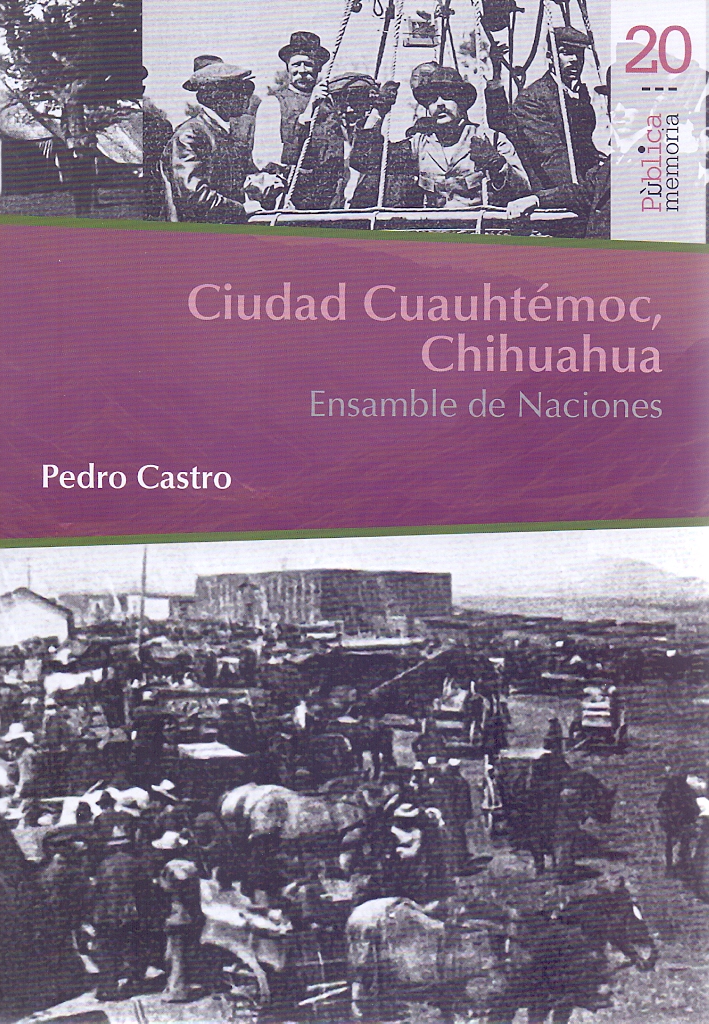Libros relacionados
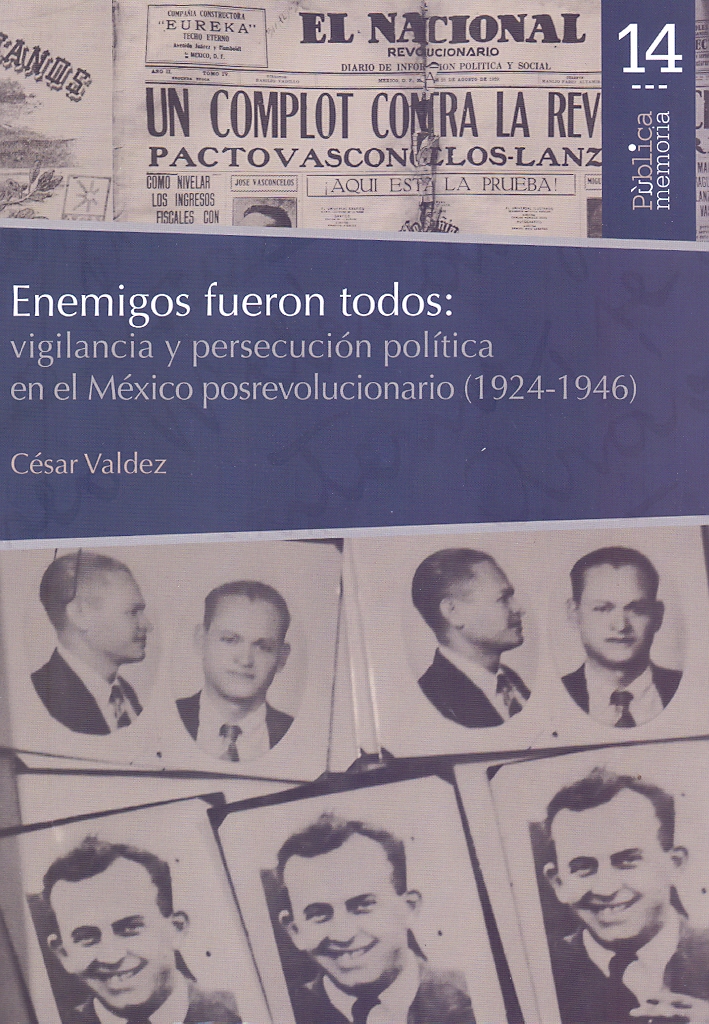 |
Enemigos Fueron Todos: Vigilancia y Persecución Política en el México Posrevoluc Valdez César Bonilla Artigas Editores |
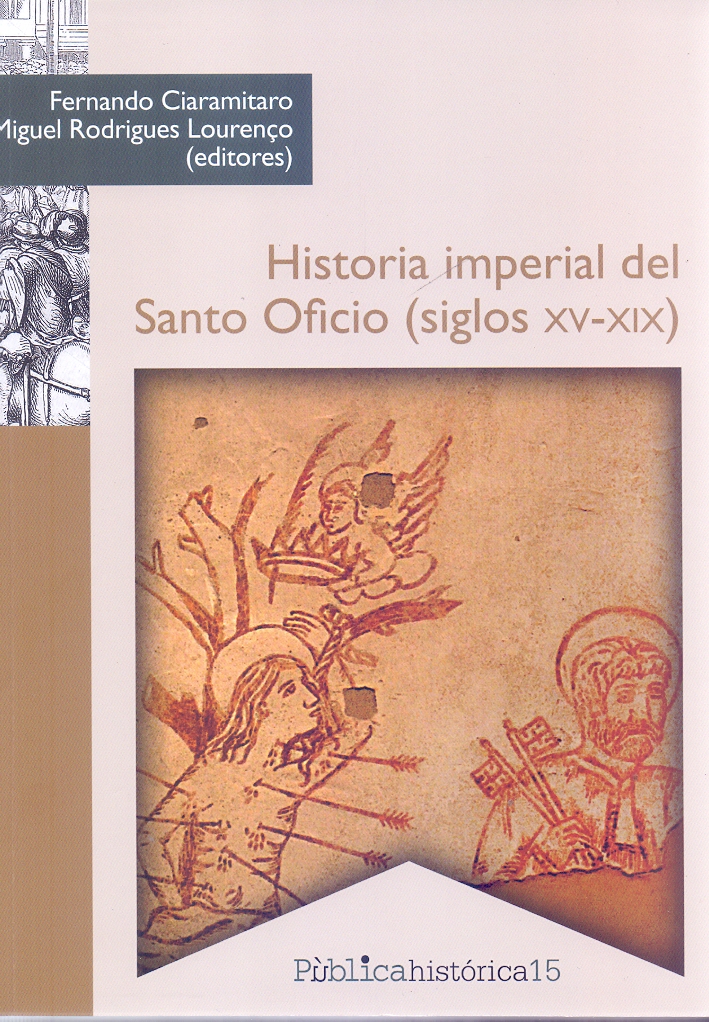 |
Historia Imperial del Santo Oficio (Siglos XV-Xix) Fernando Ciaramitaro, Miguel Rodrigues Lourenço Bonilla Artigas Editores |
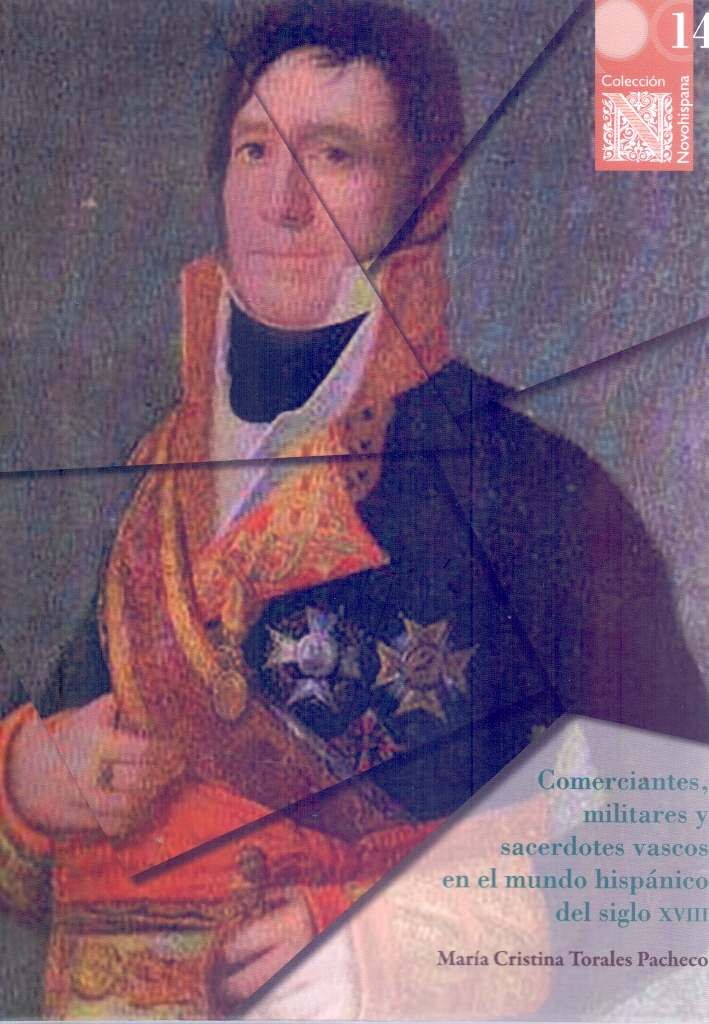 |
Comerciantes, Militares y Sacerdotes Vascos en el Mundo Hispánico del Siglo XVII Torales Pacheco, María Cristina Bonilla Artigas Editores |
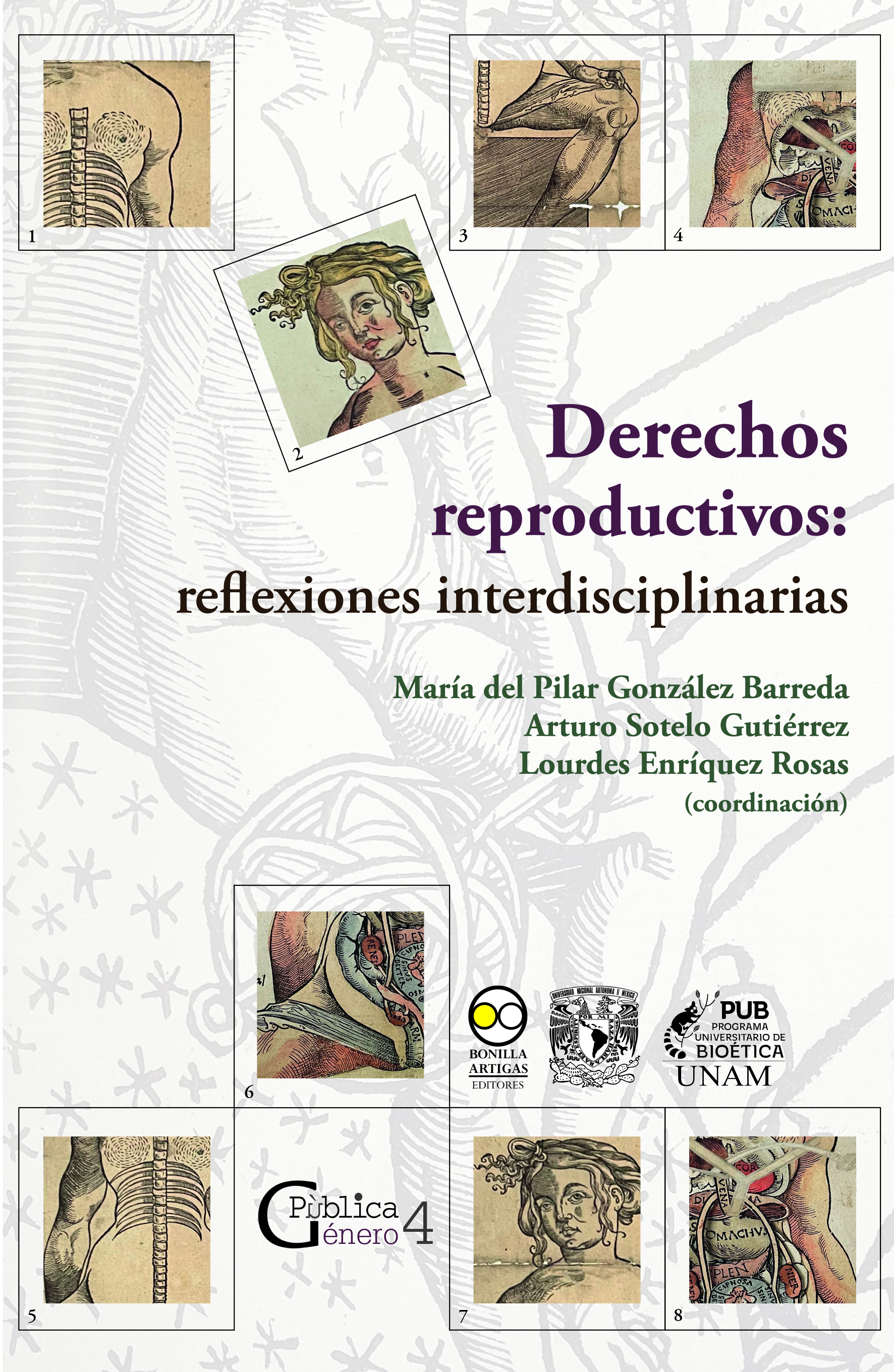 |
Derechos Reproductivos: Reflexiones Interdisciplinarias María del Pilar González Barreda, Arturo Sotelo Gutiérrez, L Bonilla Artigas Editores |
 |
El Crisol y la Flama: Grupos Sociales y Cofradías en Pátzcuaro (Siglos XVI y XVI Flores García, Laura Gemma Bonilla Artigas Editores |
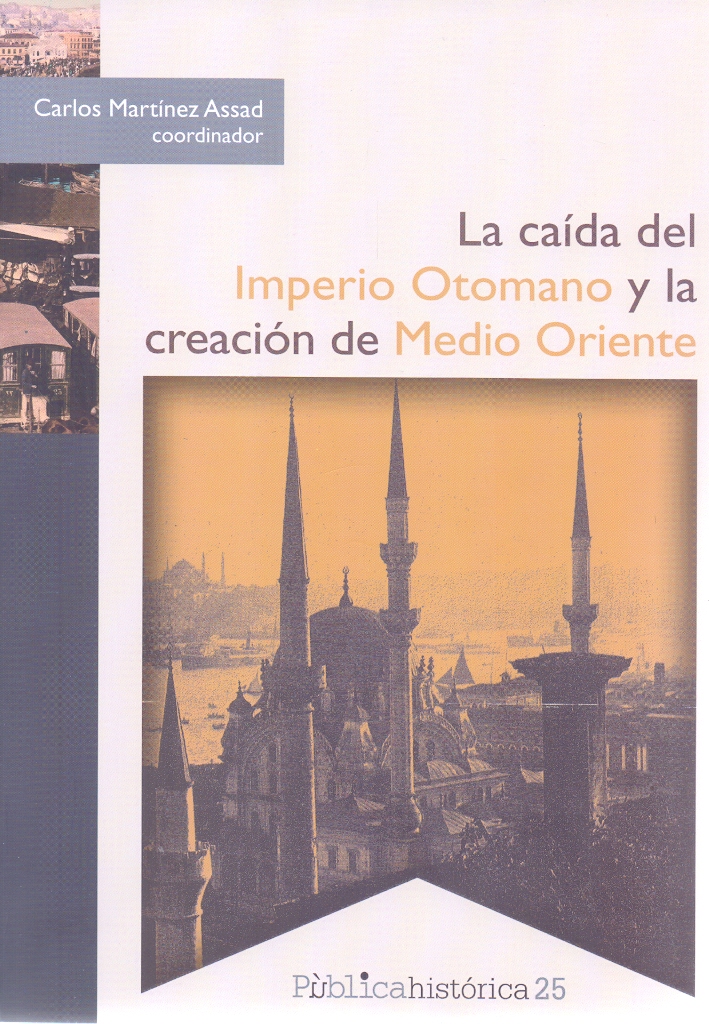 |
La Caída del Imperio Otomano y la Creación de Medio Oriente Carlos Martínez Assad Bonilla Artigas Editores |
 |
Exilio Español y Su Vida Cotidiana en México, El. Serrano Migallón, Fernando; Woldenberg José Bonilla Artigas Editores |
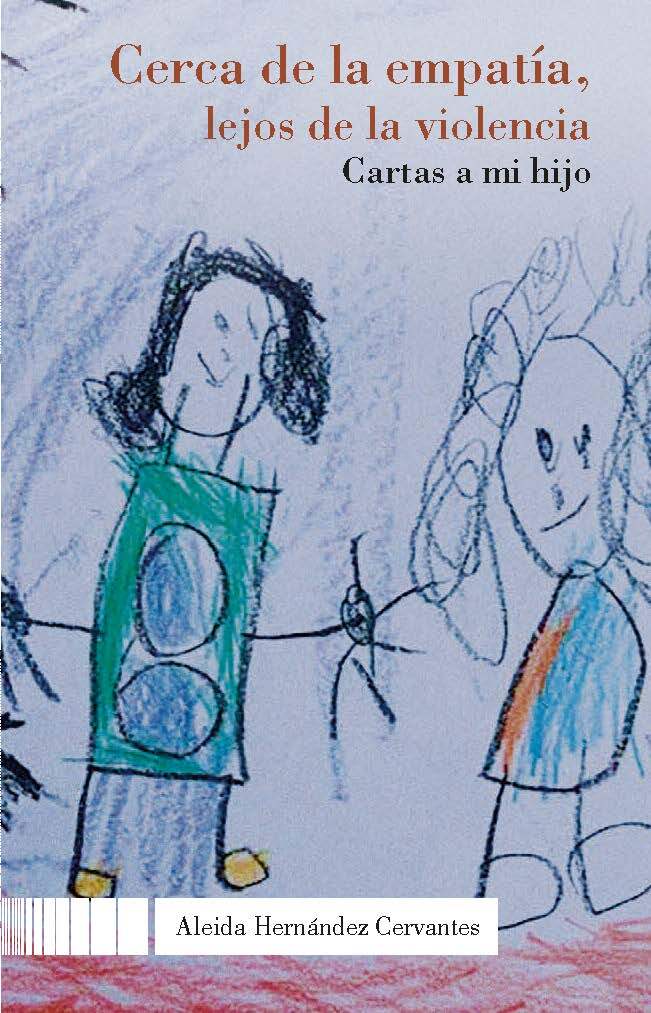 |
Cerca de la Empatía, Lejos de la Violencia. Cartas a Mi Hijo Hernández Cervantes, Aleida Bonilla Artigas Editores |


|
Título: Secrets Of Women. Gender, Generation, And The Origins Of Human Dissection | |
| Autor: Park Katharine | Precio: $322.00 | |
| Editorial: Zone Books | Año: 2010 | |
| Tema: Genero, Historia, Filosofia | Edición: 1ª | |
| Sinopsis | ISBN: 9781890951689 | |
| Toward the end of the Middle Ages, medical writers and philosophers began to devote increasing attention to what they called "women's secrets," by which they meant female sexuality and generation. At the same time, Italian physicians and surgeons began to open human bodies in order to study their functions and the illnesses that afflicted them, culminating in the great illustrated anatomical treatise of Andreas Vesalius in 1543. Katharine Park traces these two closely related developments through a series of case studies of women whose bodies were dissected after their deaths: an abbess, a lactating virgin, several patrician wives and mothers, and an executed criminal. Drawing on a variety of texts and images, she explores the history of women's bodies in Italy between the late thirteenth and the mid-sixteenth centuries in the context of family identity, religious observance, and women's health care.
Secrets of Women explodes the myth that medieval religious prohibitions hindered the practice of human dissection in medieval and Renaissance Italy, arguing that female bodies, real and imagined, played a central role in the history of anatomy during that time. The opened corpses of holy women revealed sacred objects, while the opened corpses of wives and mothers yielded crucial information about where babies came from and about the forces that shaped their vulnerable flesh. In the process, what male writers knew as the "secrets of women" came to symbolize the most difficult challenges posed by human bodies_challenges that dissection promised to overcome. Park's study of women's bodies and men's attempts to know them_and through these efforts to know their own_demonstrates the centrality of gender to the development of early modern anatomy. |
||
Librería Bonilla SA de CV © Todos los derechos reservados. 2019
Última actualización: Jul 2019




